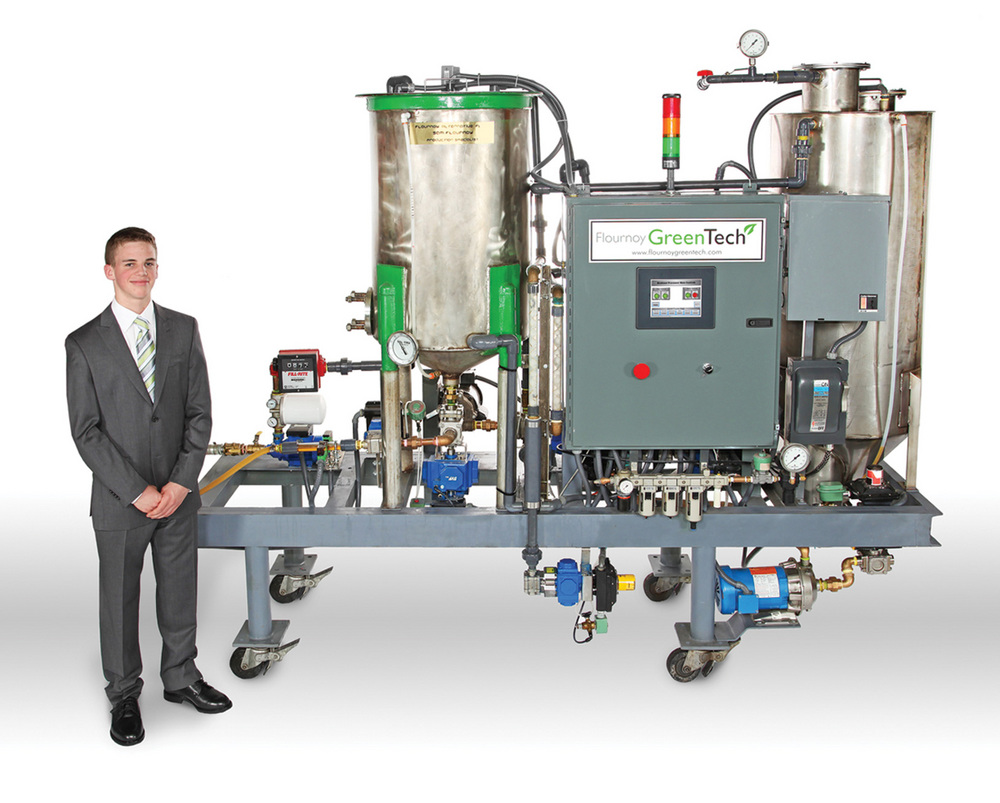Building a Unique Small-Scale Solution

PHOTO: Sam Flournoy
October 25, 2011
BY Erin Voegele
When he was only 14 years old, Sam Flournoy set out to design and build his own biodiesel processor. It was the summer of 2008, and fuel prices were skyrocketing. Flournoy’s father, who owns a local tree works company, was spending $10,000 to $12,000 a month on fuel. According to Flournoy, one of his primary goals was to produce a renewable fuel that his father could use to offset a portion of his fuel costs.
“My father had heard about biodiesel from one of his friends,” Flournoy says. “The guy showed us his set-up and it seemed pretty easy to do, so I started doing some research and a whole lot of reading, and started building my first processor.”
Advertisement
According to Flournoy, it took about six months of work before he was able to produce his first batch of biodiesel fuel. “It was kind of like a work in progress for most of the time that I had it,” he says. Once the processor was operational, Flournoy began to automate the machine. “I introduced the PLC (programmable logic controller) to the machine, and eventually got it to where it could run a whole batch pretty much by the touch of a button,” he says.
The first processor Flournoy built could produce a 60-gallon batch of biodiesel in approximately 8 hours. He has since sold that machine, and constructed a new model. The new processor can also produce 60-gallon batches of biodiesel, but does it much faster. “The second one is the same size but it produces biodiesel in about half the time because I added a couple more tanks to make it more of a continuous batch,” Flournoy says. “I bought all new parts for the second one and designed each tank by myself.Right now I am working on a few other things to get the batch time down even lower.”
Advertisement
Flournoy is collecting waste vegetable oil from his high school, several other schools, hospitals and restaurants for use as feedstock. The fuel he currently produces is being used to fuel equipment in his father’s fleet. According to Flournoy, depending upon the specific piece of equipment, the company is using anywhere from a B20 to a B100 blend.
Flournoy says he will likely sell the second biodiesel processor as well, so he can begin work on a more streamlined third model. “When I first started out I was more focused on producing the fuel and selling it, but after my first processor I realized I was really interested in designing the processors and making them as efficient as they can be,” he says.
After he graduates from high school, Flournoy says he plans to continue his education in a field that will allow him to continue working on biodiesel production. “I’m not 100 percent sure what I want to go into,” he says. “But, I definitely want to test the water with some kind of chemical engineering, or mechanical engineering, that sounds like something that would interest me, definitely.”
Upcoming Events





